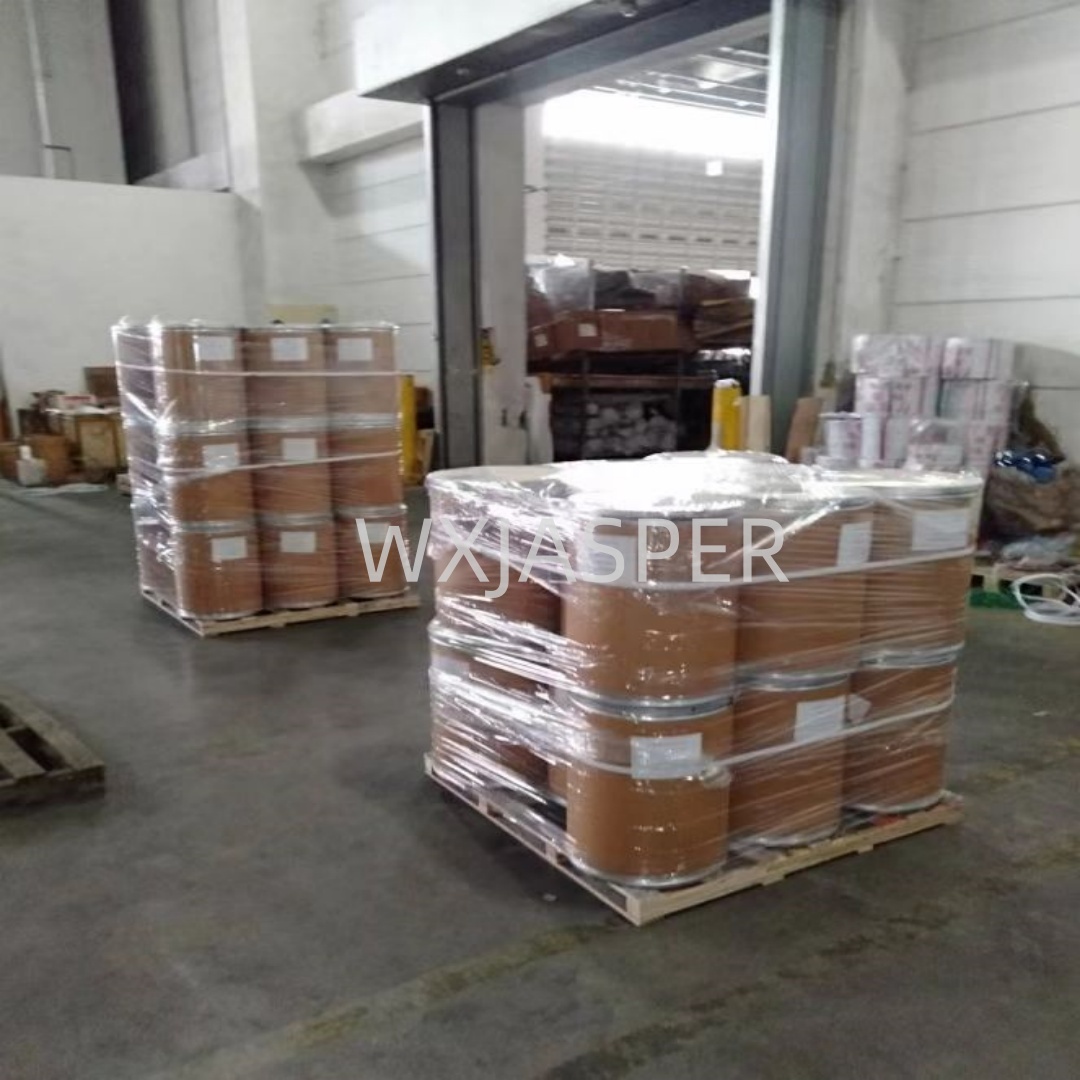Your Location:Home > Products > Solvents > Trifloxystrobin



CasNo: 141517-21-7
MF: C20H19F3N2O4
Appearance: powder
Delivery Time: 15 days
Packing: 25kg/drum
Purity: 98%
Basic Information:
Physical and Chemical Properties: It is a white odorless solid with a melting point of 72.9℃ and a boiling point of approximately 312℃ (decomposition starts at 328℃). The vapor pressure is 3.4×10⁻⁶ Pa (at 25℃), and the solubility in water is 610 μg/L (at 25℃). It is stable in aqueous solution at pH=5. The product content is ≥95%, and can reach more than 98%.
Toxicity: Low toxicity.
Mode of Action: It inhibits the cytochrome b complex Ⅲ in the mitochondrial respiratory chain of fungi, blocking electron transfer. This prevents fungal cells from producing energy normally, thereby inhibiting the growth, reproduction and infection process of fungi, and ultimately exerting a fungicidal effect.
Product Features: It has the characteristics of a broad fungicidal spectrum, high efficiency and rapid action, long-lasting effect, and environmental friendliness. It has a significant control effect on various fungal diseases such as rust, powdery mildew, downy mildew, and leaf spot. It can be quickly absorbed by plants and take effect, with a lasting period of about 10-15 days. It is relatively easy to degrade in the environment and has low toxicity to non-target organisms.
Suitable Crops: It is widely used in food crops such as wheat, rice, and corn; cash crops such as cotton, peanut, and rapeseed; fruit trees such as apple, grape, and citrus; and vegetable crops such as tomato, cucumber, and pepper.
Application Methods: It is mainly applied through spray control and seed treatment.
Precautions: